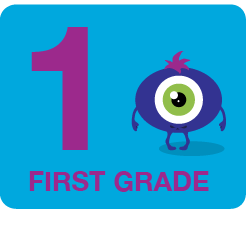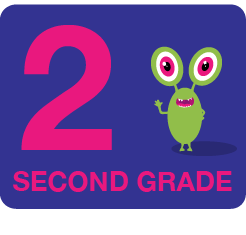In this fun language activity, students will add typical inflectional endings -ing, -s, and -ed to action-indicating base verbs. Inflection endings are little bits that we can add to the end of words to change how they work in a sentence. For example, if we add "-s" to the word "cat," it becomes "cats," which means more than one cat. If we add "-ed" to "jump," it becomes "jumped," which shows the action that happened in the past. These endings help us understand when something happened or how many things there are. So, inflection endings are like special tags that give us important information about words.
Understanding Inflectional Endings
Additional Educational Resources:
Blends That Begin
Mapping Your Personal Narrative: A Planning Worksheet
Fixing Cat Sentences - Paws and Punctuation: Perfecting Sentences About Cats
Understanding Reflexive Pronouns and Verbs
Building Questions: Question Marks and Words
Goal Getter: Plan and Achieve
Sound it Out! A Digraph Exploratory Activity for Kids
Exploring Parts of a Sentence
Understanding Inflectional Endings
GRADES:


Additional Educational Resources:
Blends That Begin
Mapping Your Personal Narrative: A Planning Worksheet
Fixing Cat Sentences - Paws and Punctuation: Perfecting Sentences About Cats
Understanding Reflexive Pronouns and Verbs
Building Questions: Question Marks and Words
Goal Getter: Plan and Achieve
Sound it Out! A Digraph Exploratory Activity for Kids
Exploring Parts of a Sentence

